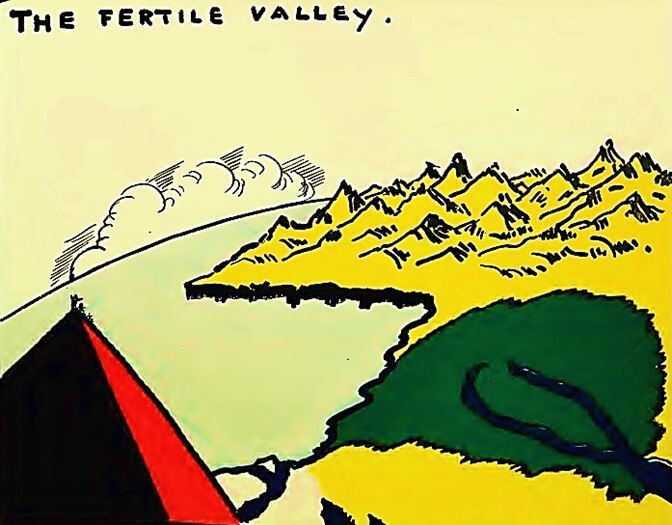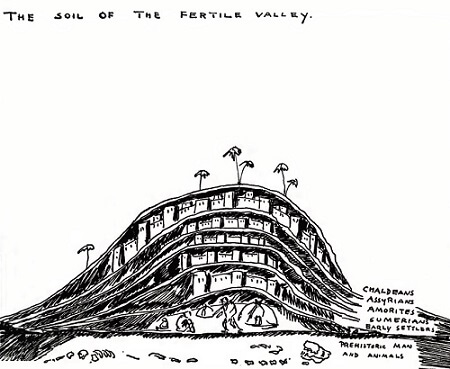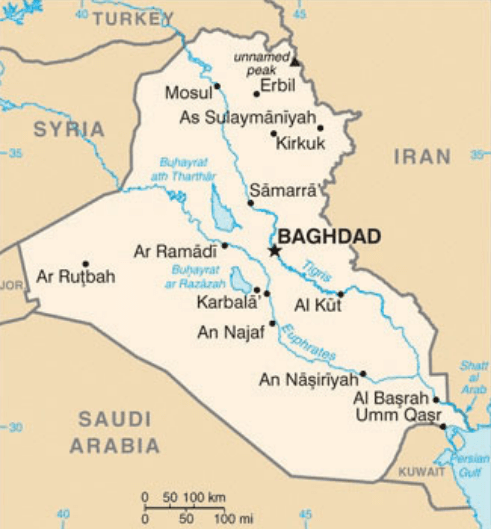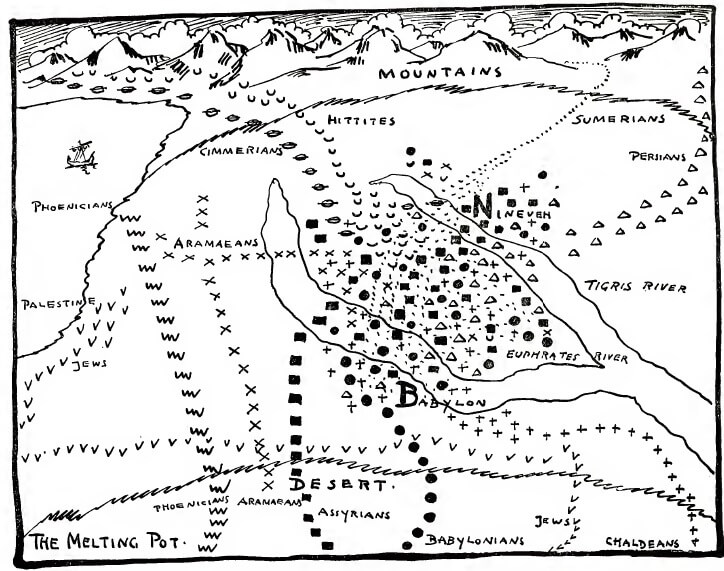 Ancient Man
Ancient Man
Ancient Man
Ancient Man



 Ancient Man
Ancient Man
Ancient Man
Ancient Man

Study the lesson for two weeks.
Over the two weeks:
Activity 1: Narrate the Chapter
Activity 2: Map the Chapter: Tigris and Euphrates Rivers

Activity 3: Can You Find It?
Find each of the following:
Trace the paths of the groups of people to Mesopotamia:

Activity 4: Complete Coloring Pages, Copywork, and Writing
